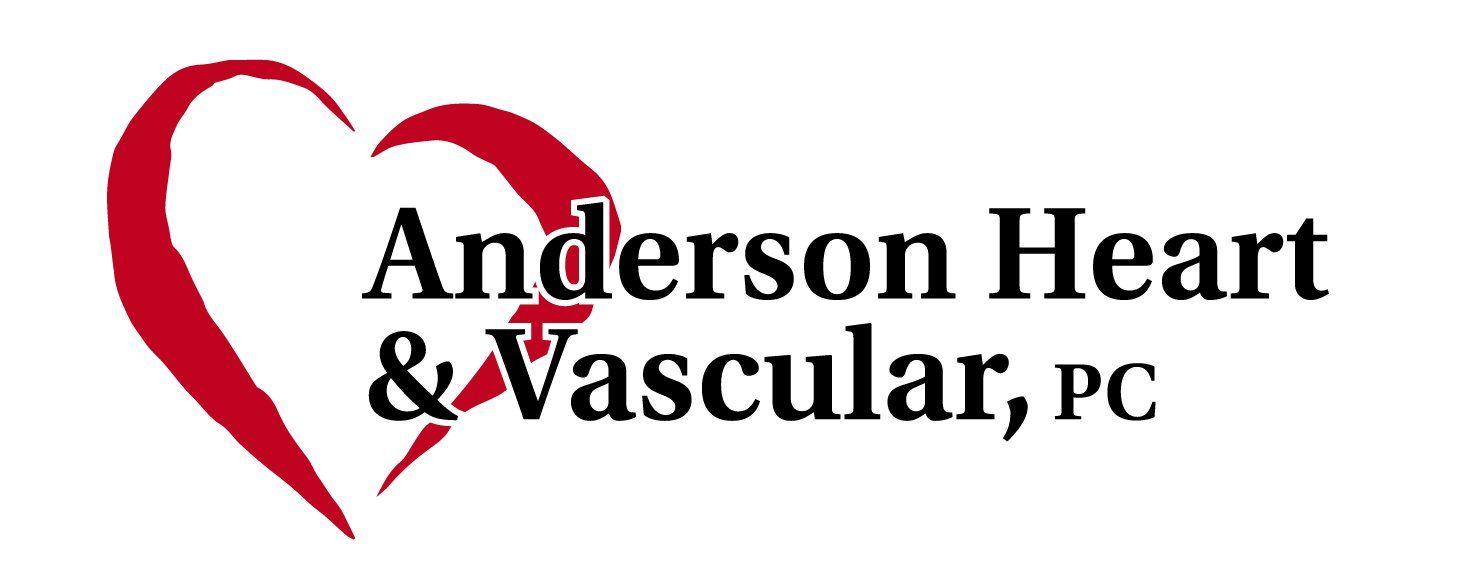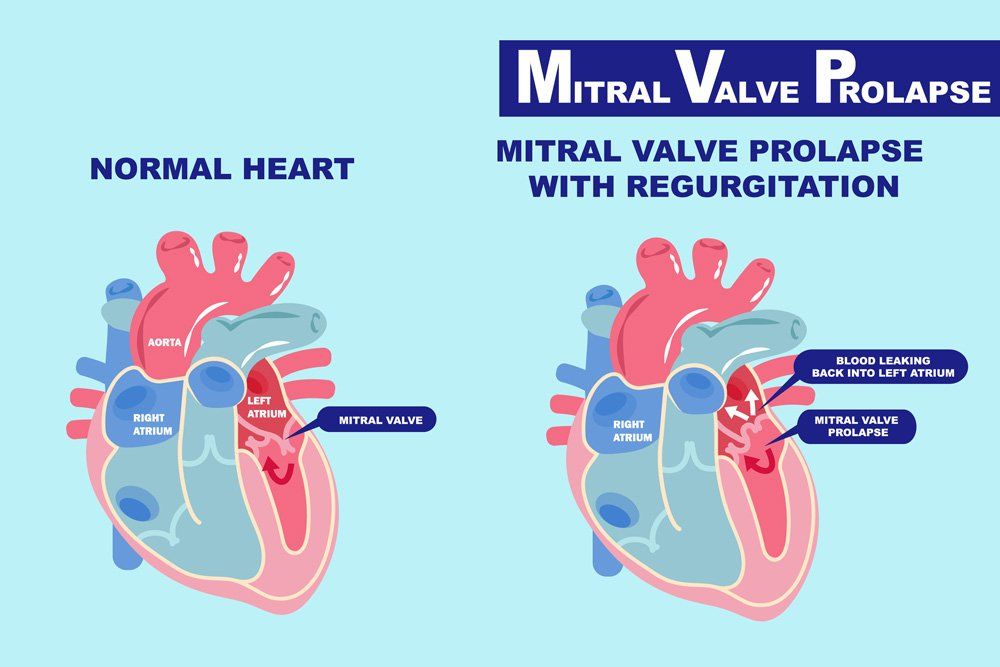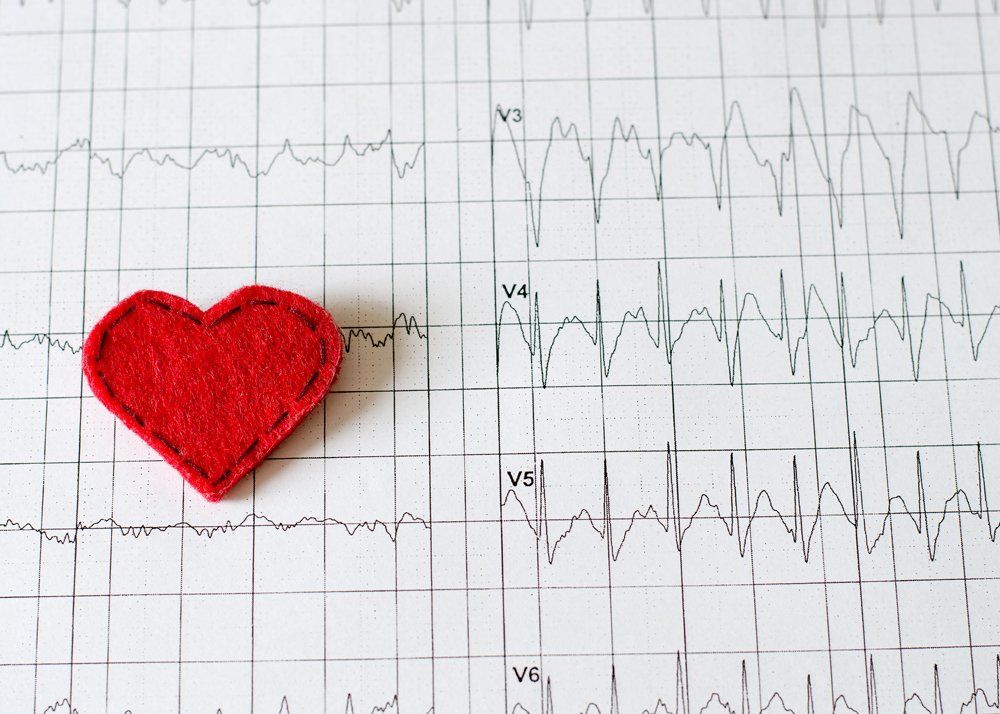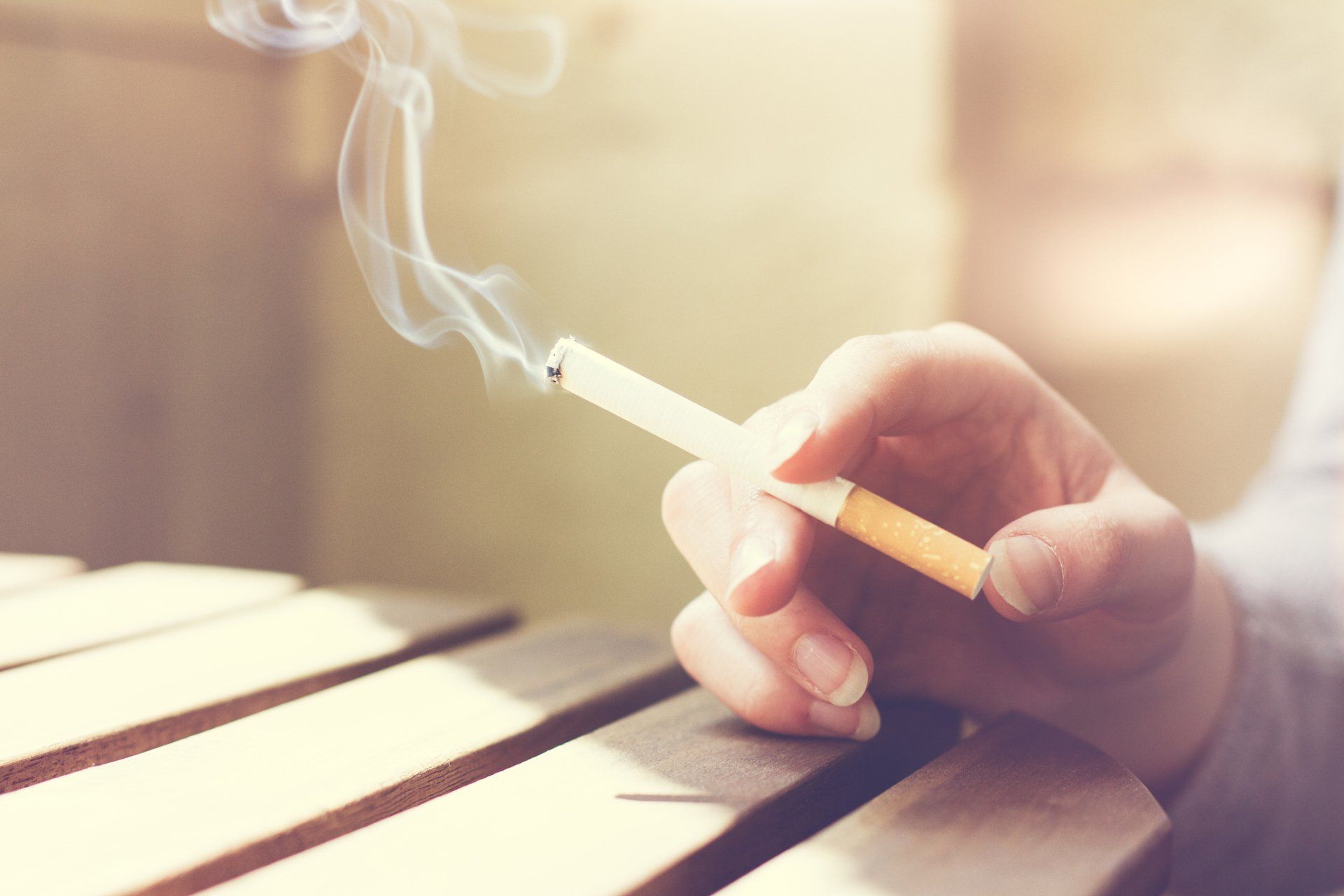What to Know About Sclerotherapy for Varicose Veins
- By Admin
- •
- 07 Feb, 2018
- •
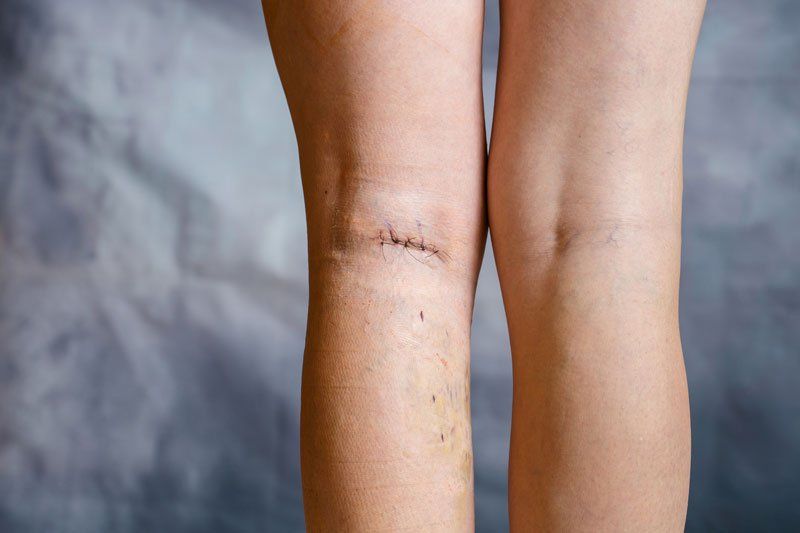
Varicose veins are more than just a cosmetic issue. For many people, varicose veins cause their legs to ache and feel heavy. This is particularly true after exertion. Elevating your legs can help reduce leg pain. However, it doesn't fix the problem.
Additionally, varicose veins can cause complications, such as blood clots and bleeding. Painful ulcers may also form near the vein, which can lead to a condition where fluid builds up in the tissues, called edema.
The good news is that treatments for varicose veins are available. Sclerotherapy is a procedure that effectively treats varicose veins. Here's what you need to know if you're interested in this treatment.
It's a Simple Procedure
Sclerotherapy involves injecting a solution into the vein that causes it to collapse. After the vein collapses the body reabsorbs it, resulting in the disappearance of the vein. During the treatment your legs are elevated and a small needle is used to deliver the solution. Other than a small pinch from the needle, the procedure is relatively painless.
You may feel a tingling sensation when the doctor injects the solution. However, you may feel nothing at all.
This procedure can improve related varicose vein symptoms, such as swelling and pain.
It's Not Instant
It's important to know that you won't walk out of the doctor's office with varicose vein-free legs immediately after receiving sclerotherapy. After the vein collapses it takes time for the body to reabsorb it. Instead of instant results, you'll notice the vein slowly fading.
It may takes several weeks for you to see results from the treatment, depending on the size of the vein being treated. For smaller veins, you may notice results in as few as three weeks. It may take three or four months to see results for larger veins.
You May Need More Than One Session
Multiple sessions may be required to achieve the results you want. The number of sessions you'll need depends on the size of the vein. However, you should expect to have at least three treatments.
Your doctor will space the treatments several weeks apart. With each session, you should notice the appearance of the varicose vein improve, as it will fade more each time you're treated. Talk to your doctor if it looks worse or you find that the appearance isn't improving.
Your doctor will address your concerns and may change or add to the treatment strategy.
It May Cause Side Effects
No medical treatment is without potential side effects. However, this doesn't mean that you will experience side effects from sclerotherapy. It's common to experience some bruising.
A small percentage of people develop blood vessels surrounding the treated vein. When this happens, the vessels tend to go away on their own.
On very rare occasions you may develop a blood clot in the treated vein. It's important to let your doctor know immediately if this happens.
It is also possible to have an allergic reaction to the solution. This reaction may be immediate or delayed. Seek medical attention if you experience symptoms of an allergic reaction, including difficulty breathing, chest pains, or dizzy spells.
Your Doctor May Recommend Temporary Restrictions
Even though sclerotherapy requires little down time, your doctor may temporarily recommend avoiding certain activities after your session. You may need to avoid high impact aerobics, saunas and hot tubs for at least seven days following sclerotherapy.
Your doctor may also recommend avoiding prolonged, intense sun exposure for 30 days. Because a general consensus on post-sclerotherapy restrictions is lacking, it's crucial to follow all of your doctors recommendations.
If you have varicose veins, contact Anderson Heart PC to discuss your treatment options.
